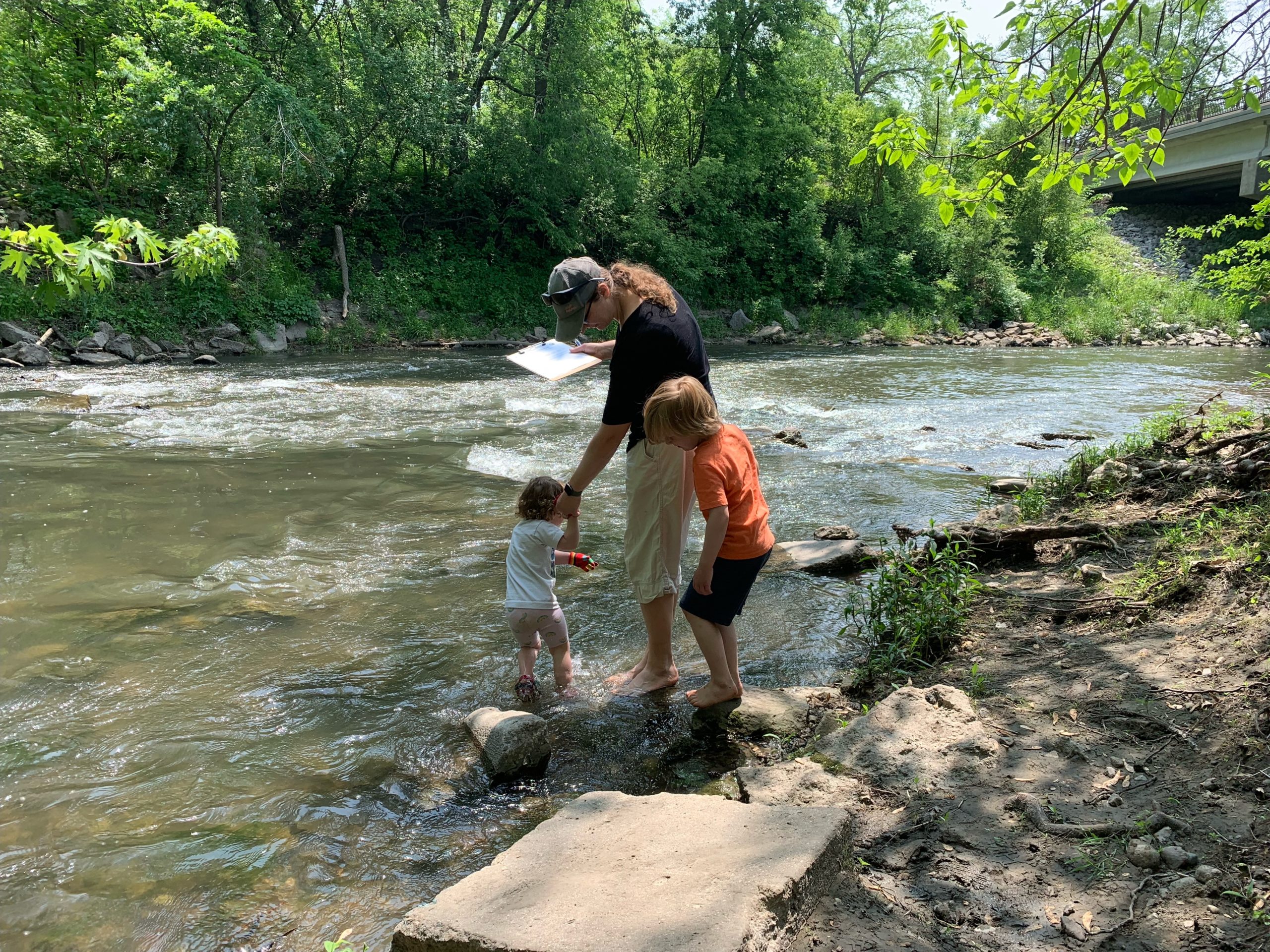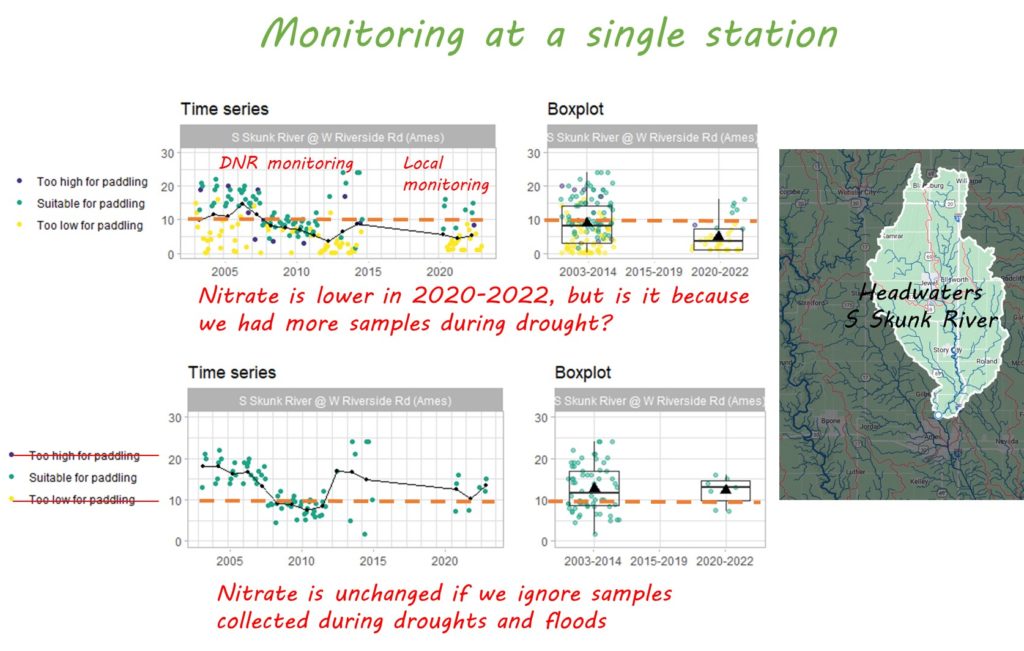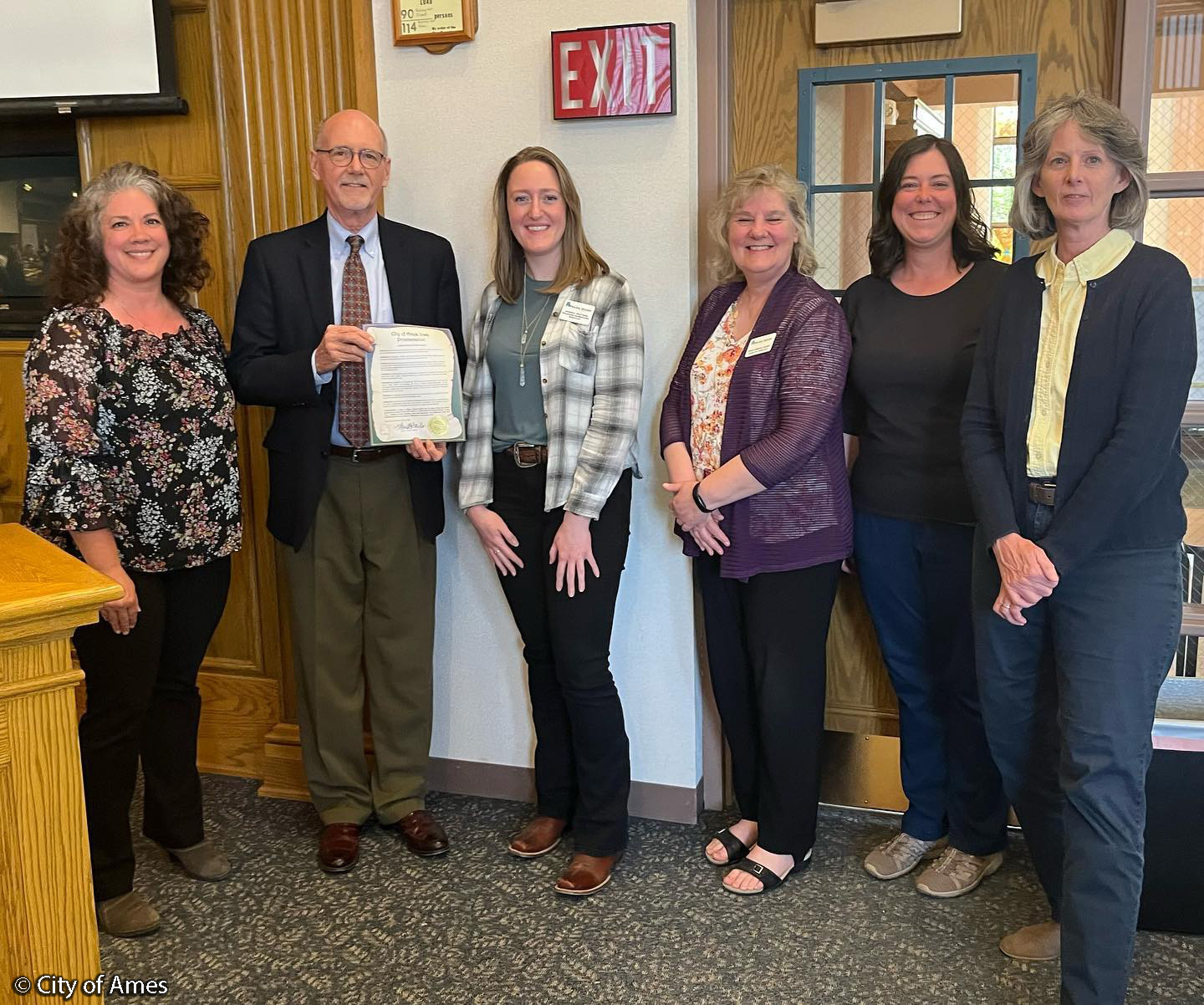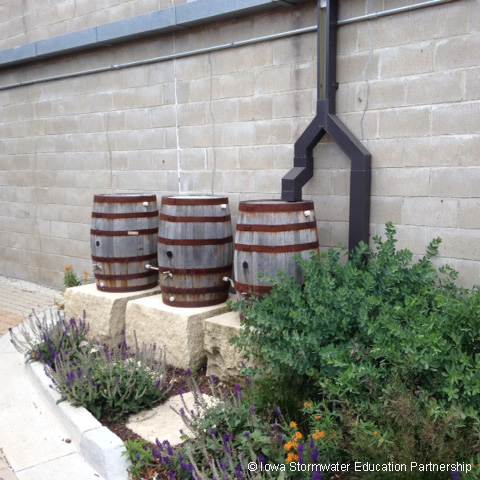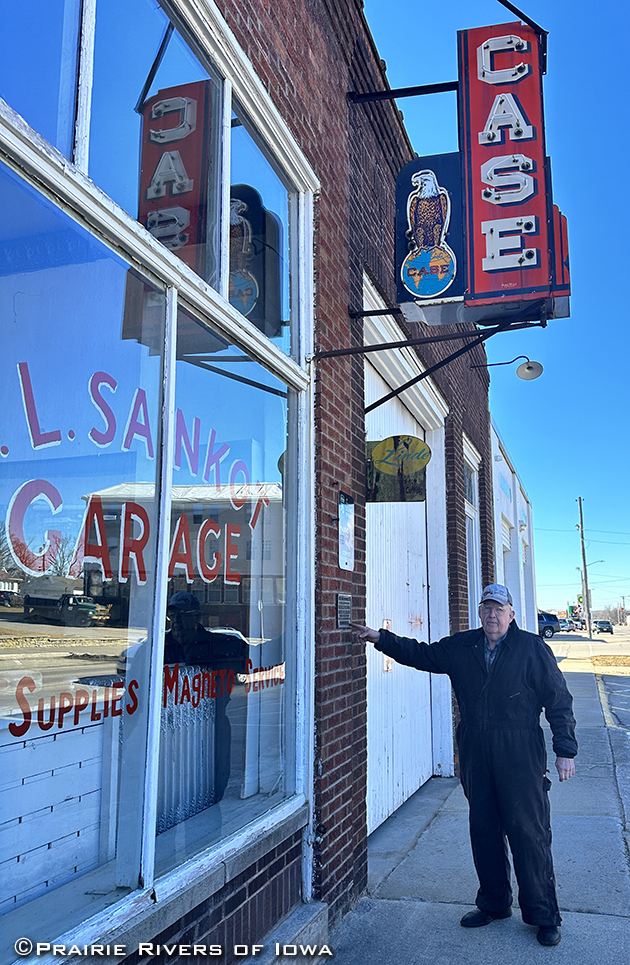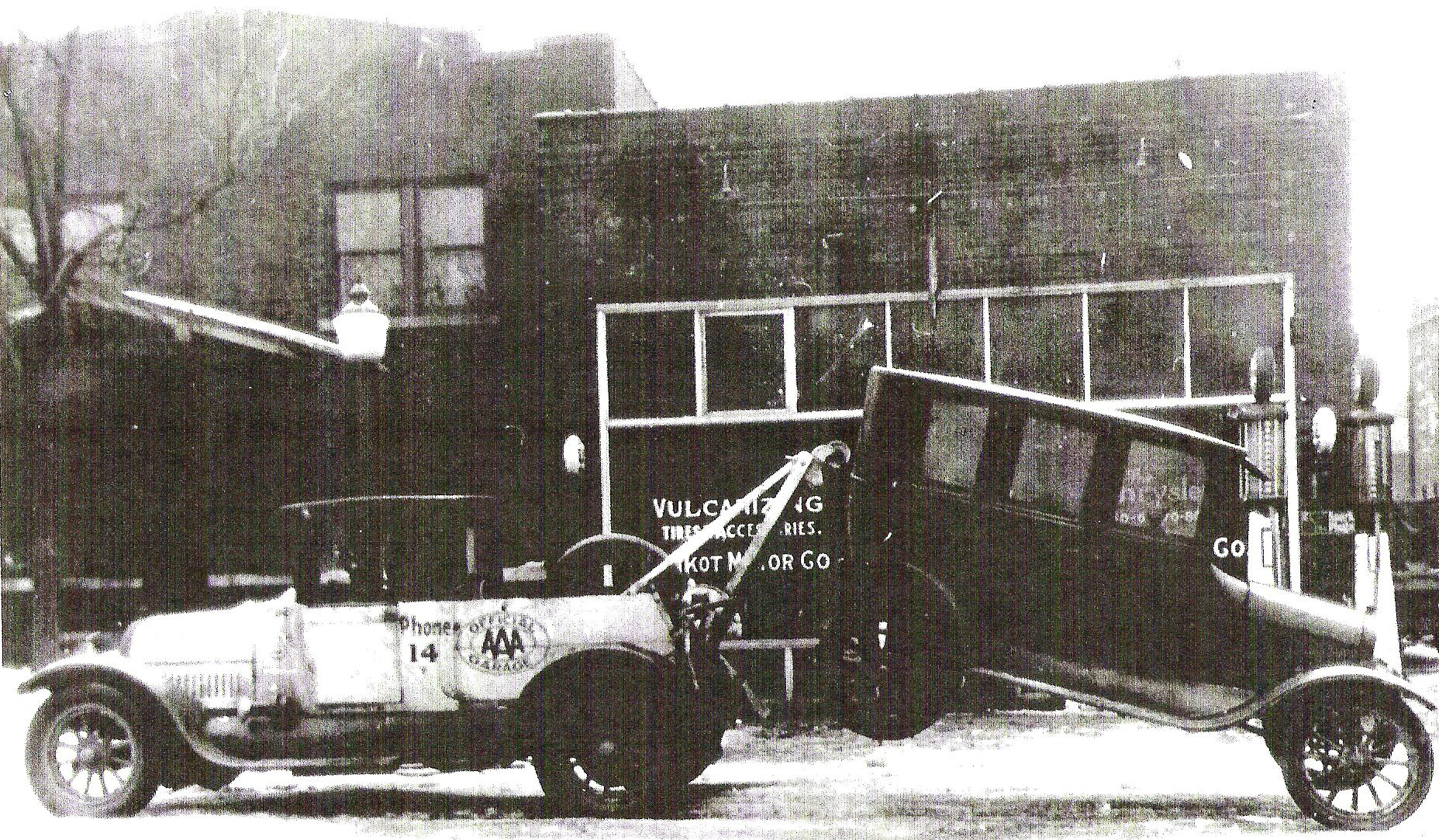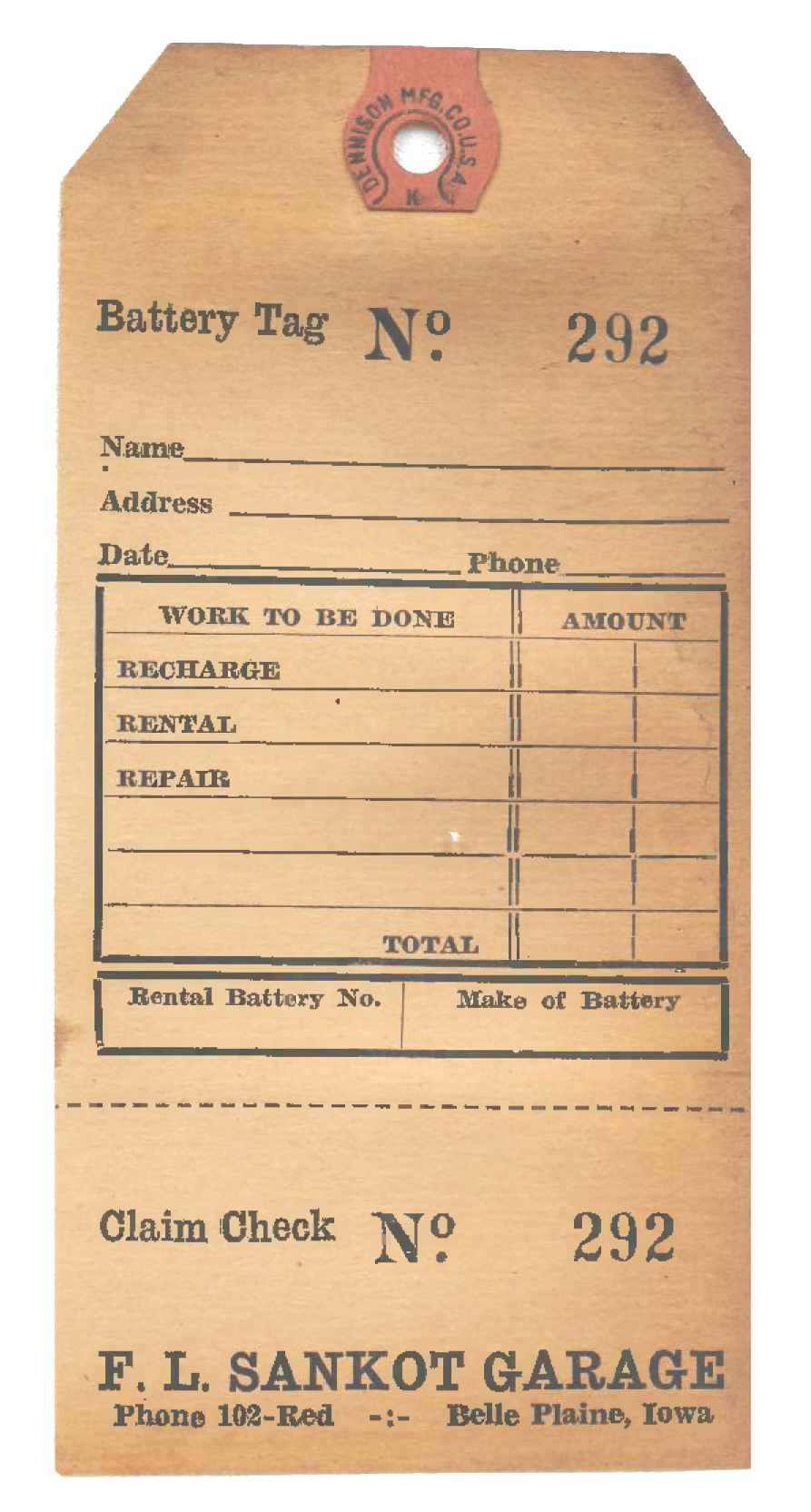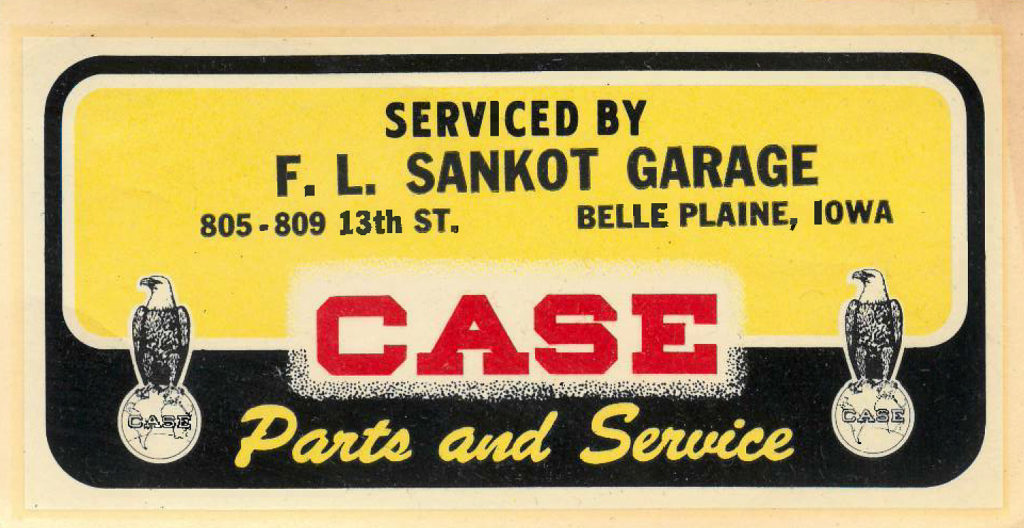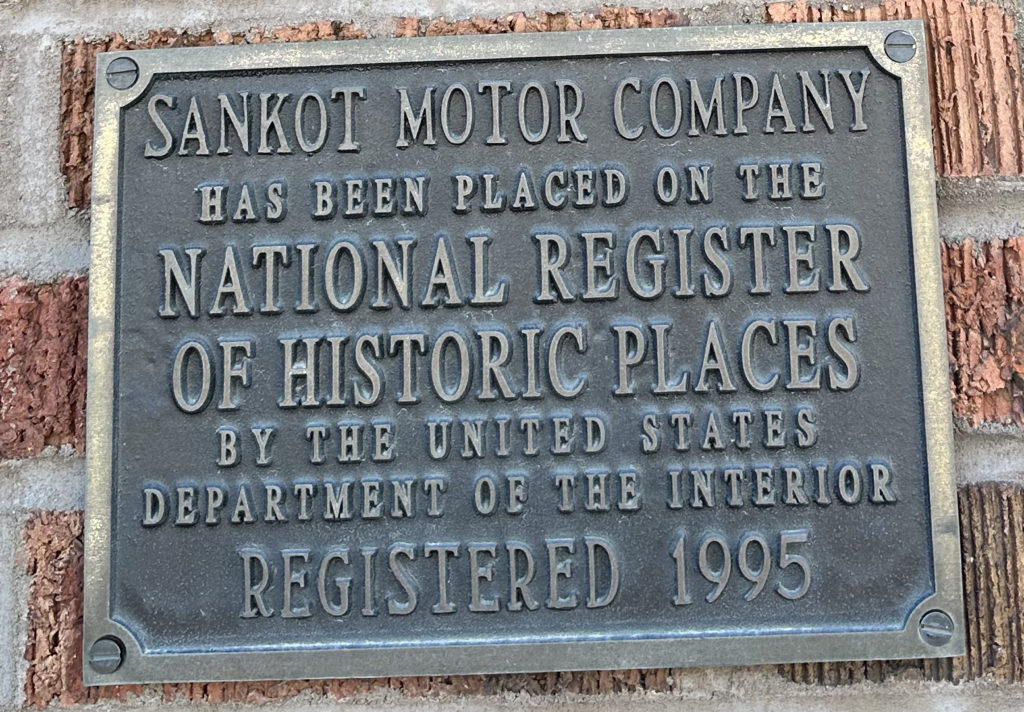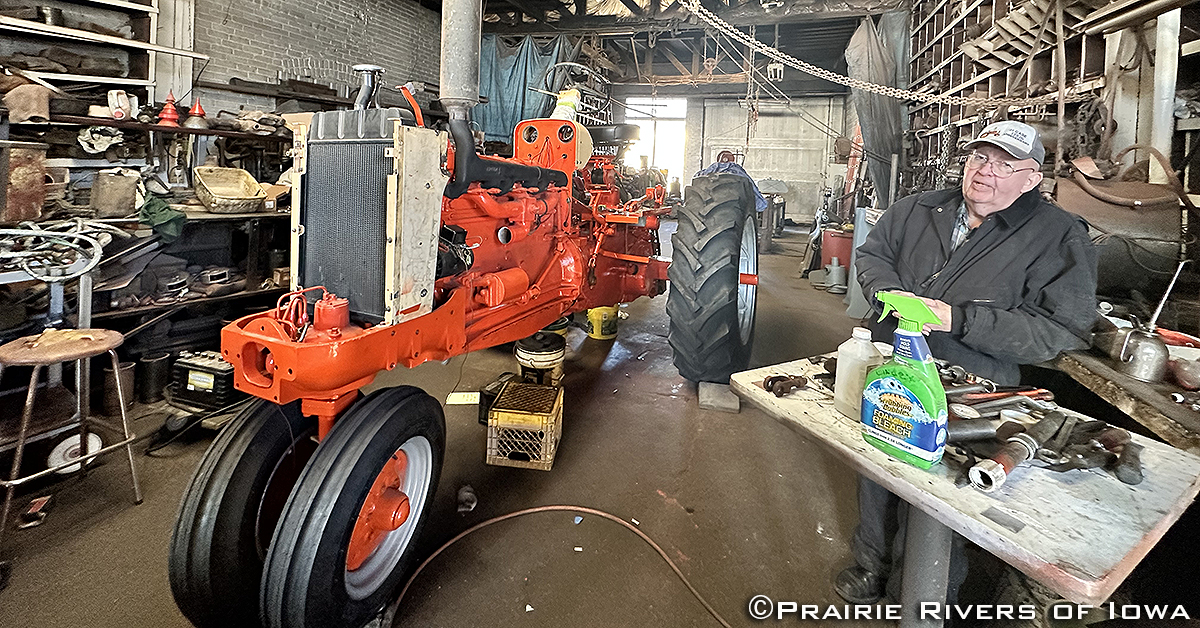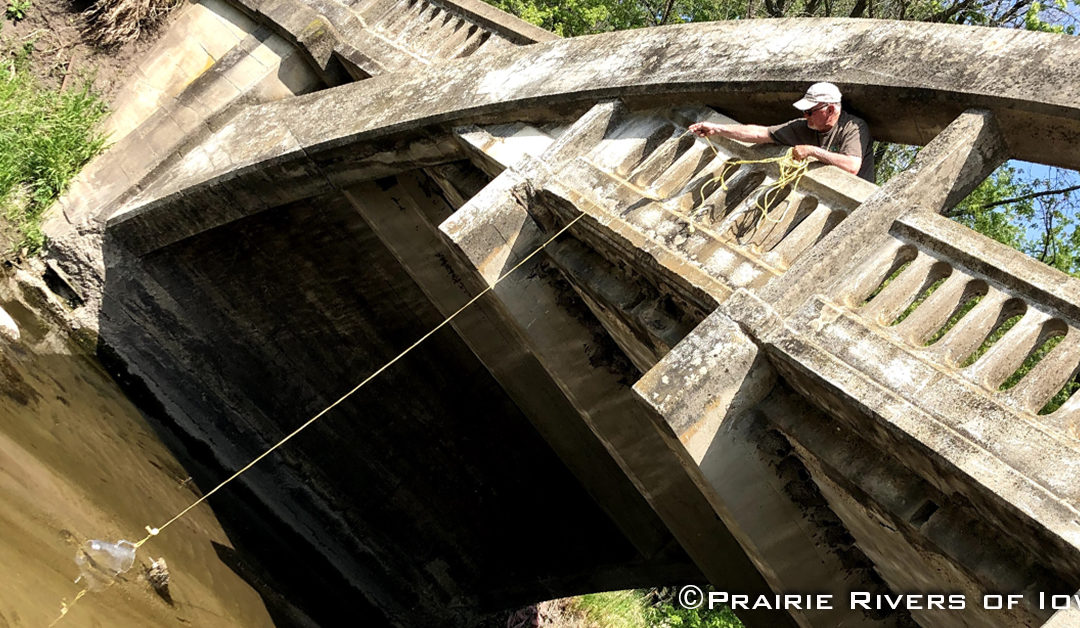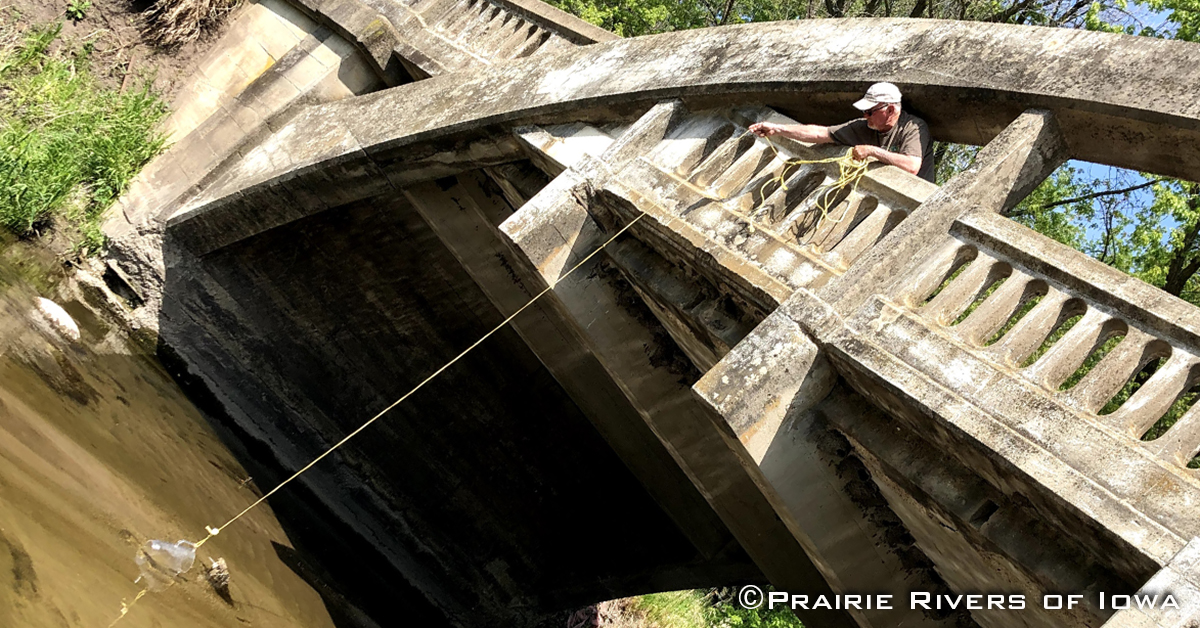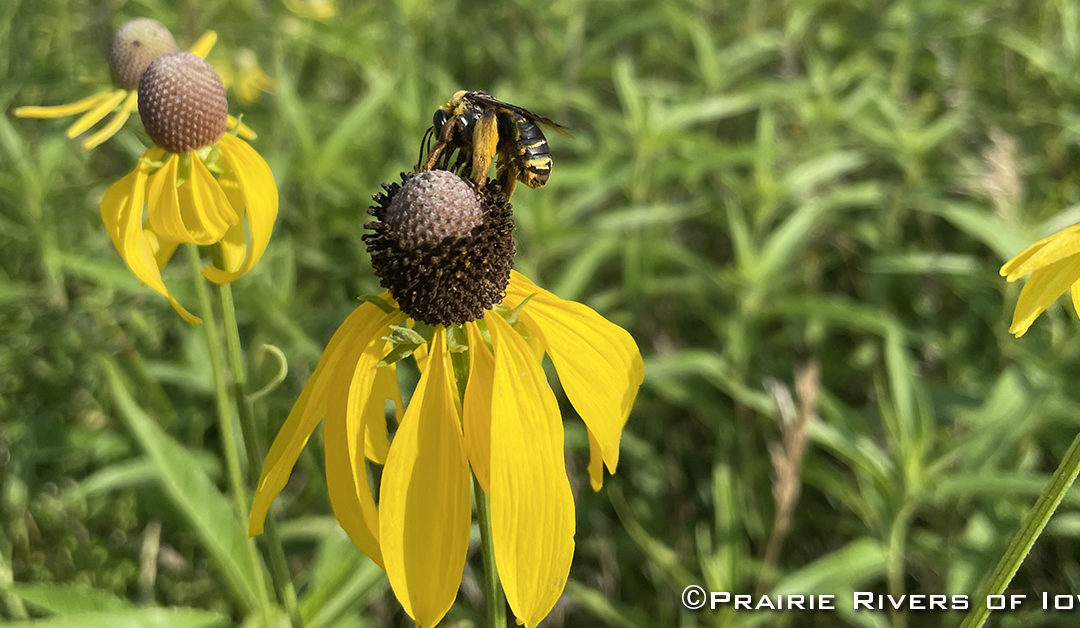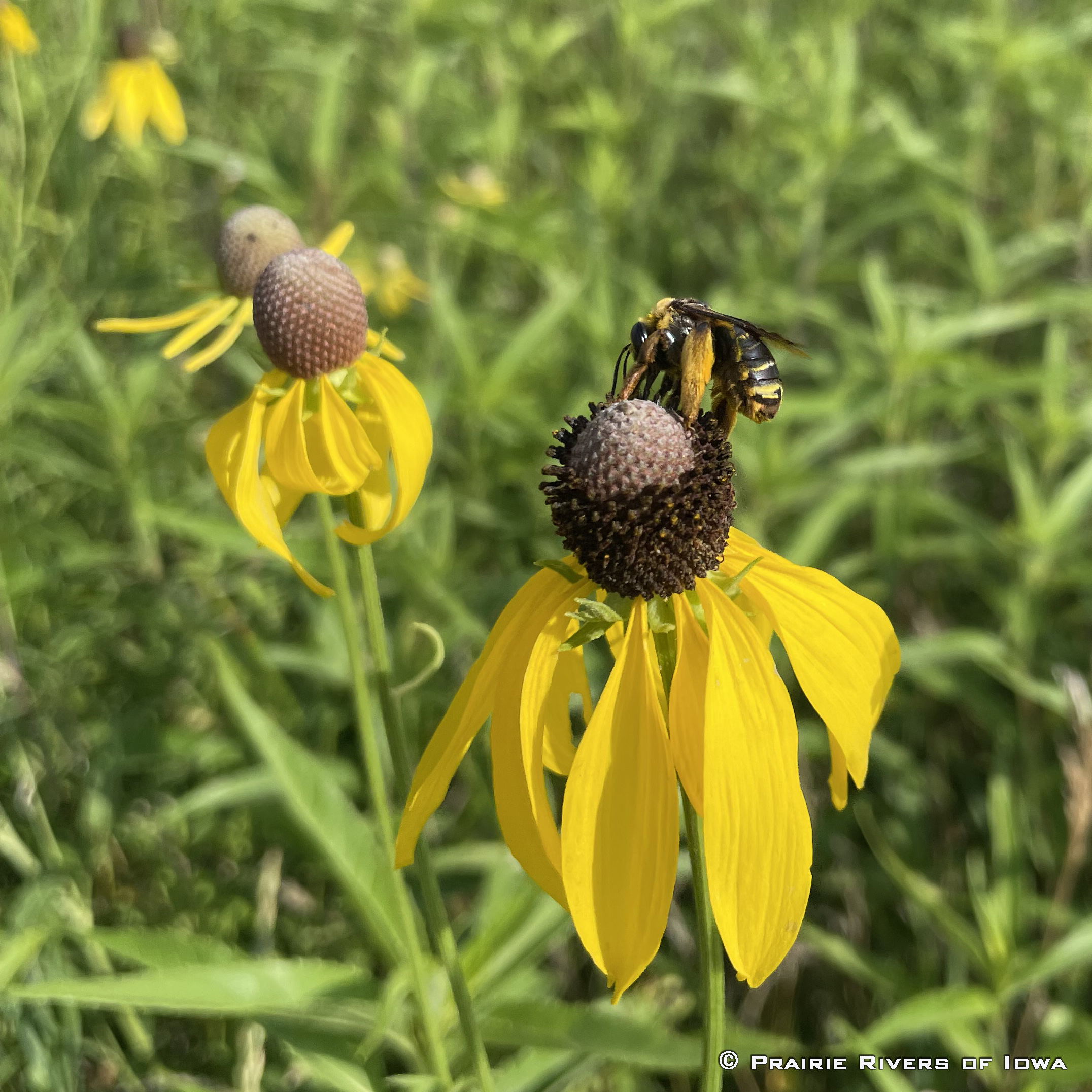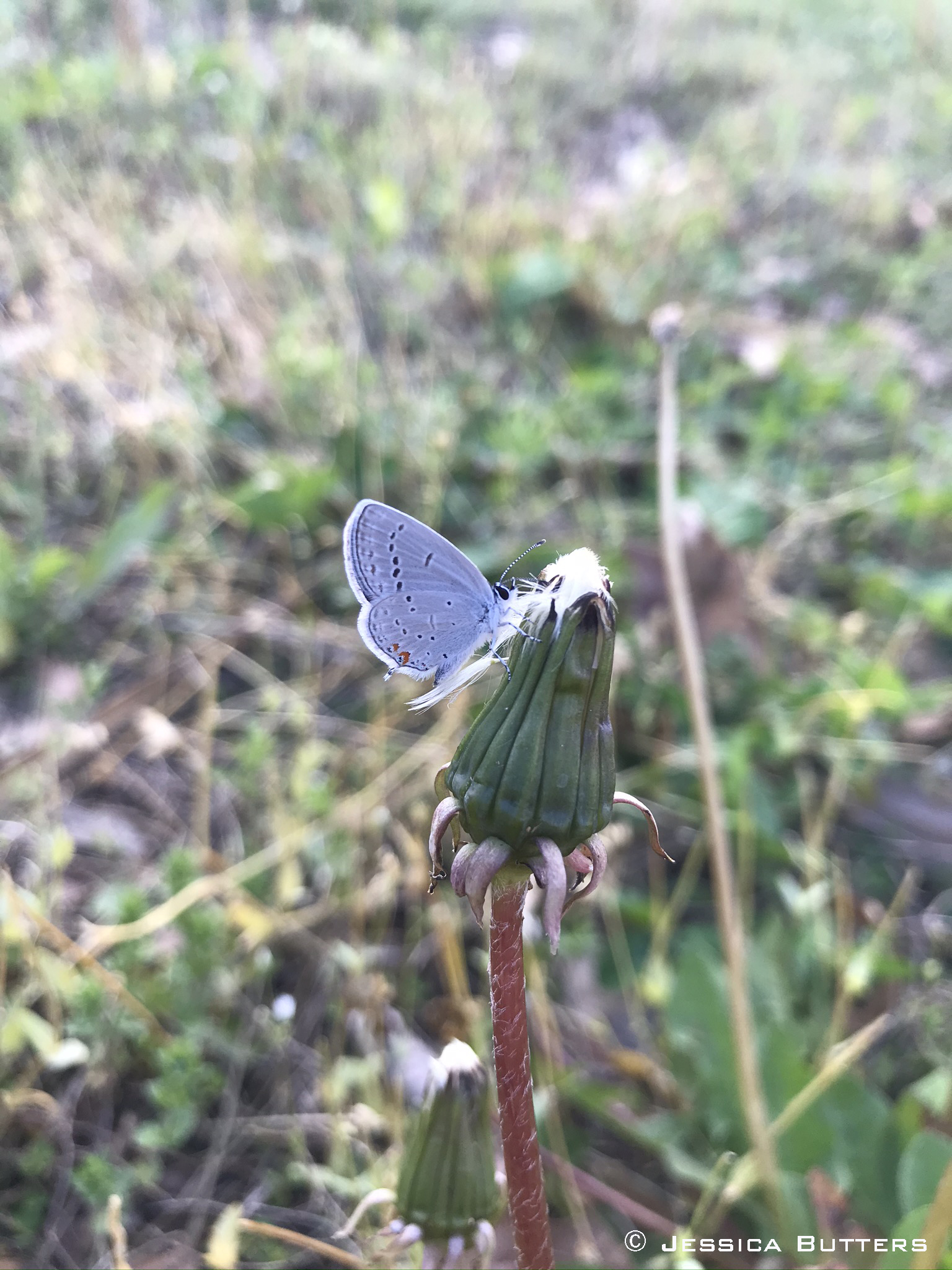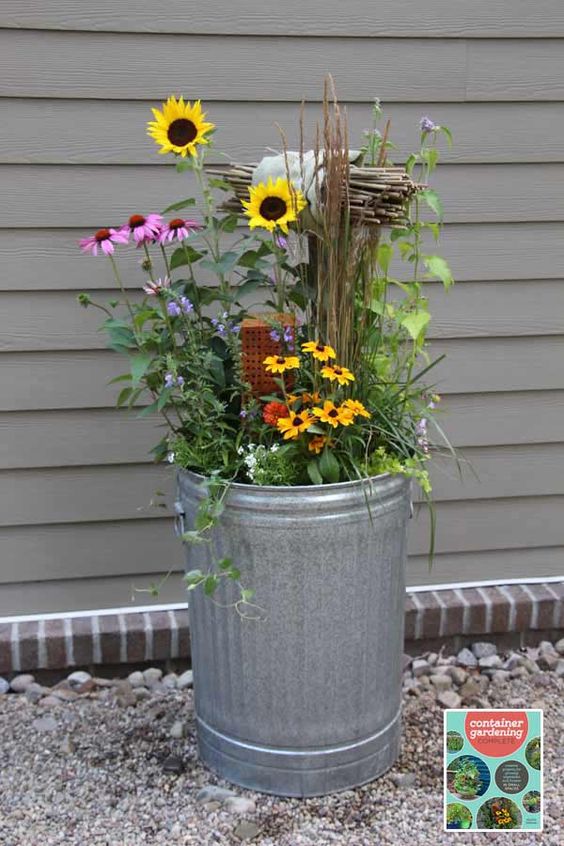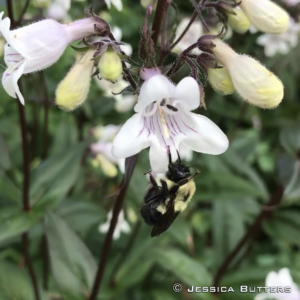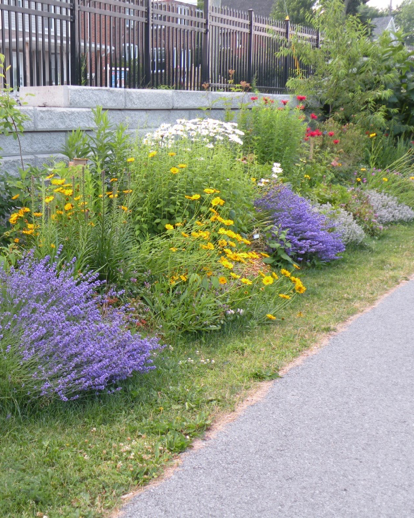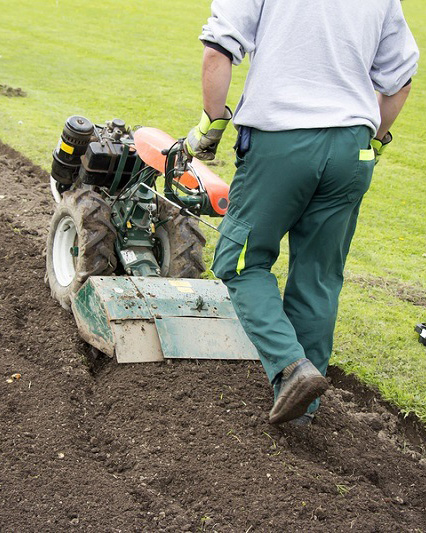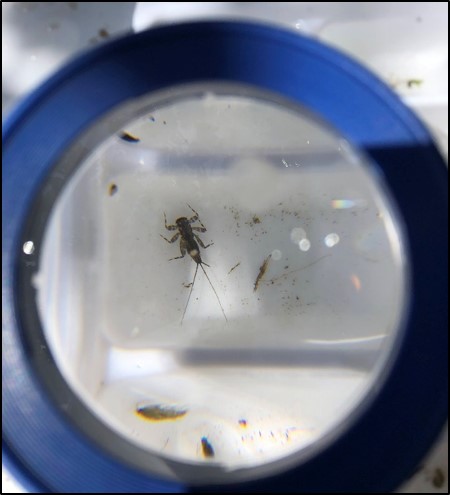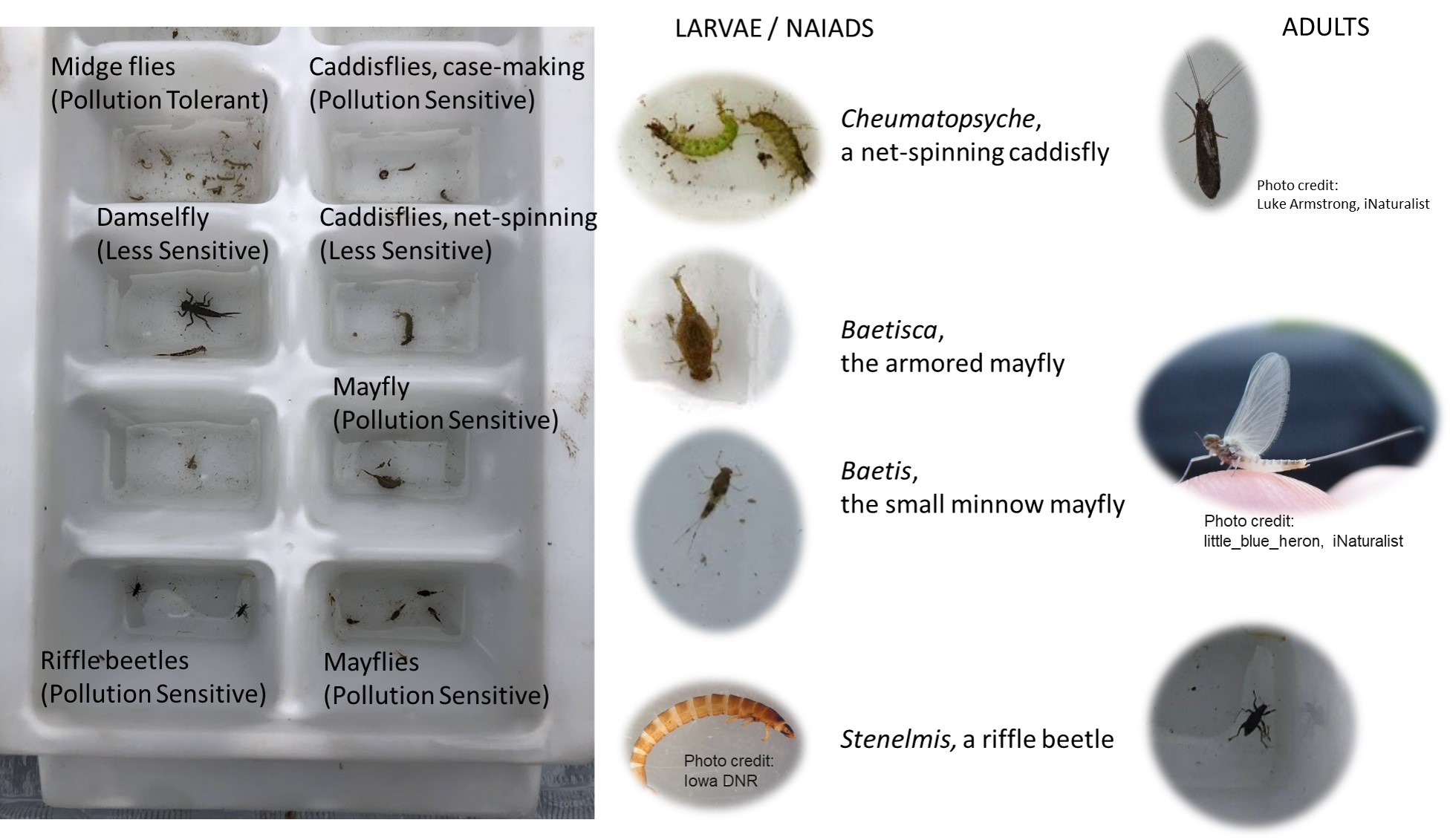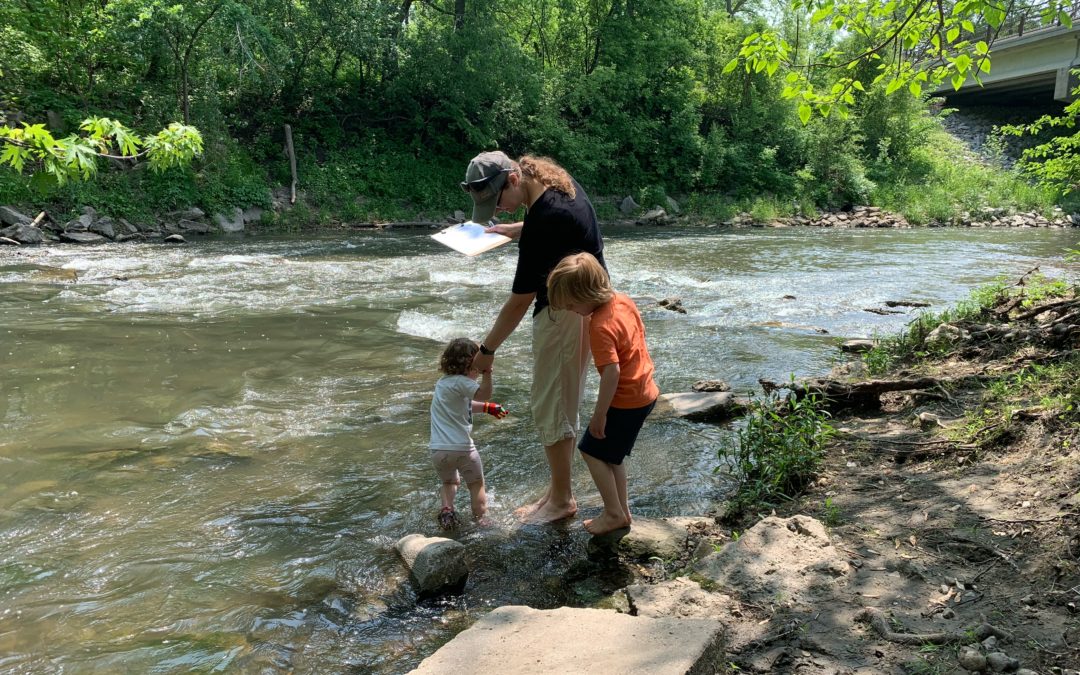
What’s next for water monitoring in Iowa?
As you may know, Prairie Rivers of Iowa has been working for several years on the outreach and data analysis for a local water monitoring program that includes volunteers led by Story County Conservation and lab-testing by the City of Ames. However, we’re not the only organization partnering with volunteers and local governments in Iowa to monitor streams and educate the public! In the coming year we have an opportunity to get to know one another, learn from each other, and do more in partnership. Actually, it’s already started.
In late May, Prairie Rivers organized a volunteer “snapshot” event to do same-day testing of sites throughout the Ioway Creek watershed. On that same day, Polk County Conservation tested over 100 sites as part of their spring snapshot. By coordinating our schedules, we can see how water quality compares across a broader swath of Iowa. Check out the Izaak Walton League’s nationwide Nitrate Watch map, which includes some of our results!
In mid-May, I added some extra stops to my route and was able to track down the main source of fecal bacteria affecting the lower part of West Indian Creek—it looks like the new wastewater treatment plant being built in Nevada will make a big difference for water quality. In our other creeks, the sources and solutions for E. coli are uncertain, so we’re anxious to hear what Partners of Scott County Watersheds is learning from its microbial source tracking projects in the Davenport area.
In early May, Prairie Rivers released a report analyzing the data that volunteers with Story County Conservation and the lab at the City of Ames have been collecting, including some good news! We’re learning a lot about waters in Story County, but we’re also learning how to work with data from national and statewide databases, account for the influence of streamflow, and make pretty graphs. The computer code, the skills, and the lessons learned are transferable, we just haven’t had an opportunity to apply them outside Story County… until now.
Prairie Rivers applied for a grant from the Mosaic Foundation, which reached out to the Water Foundation to fund our project! Both these foundations have an interest in “movement infrastructure”–building the capacity of the environmental movement to do more by working together. Between now and next April, we’ll be building a network of organizations in Iowa with an interest in water monitoring, developing some tools and guidance to help us make sense of our data, and translating data into action. The planning team includes Prairie Rivers and three other Resource Conservation and Development councils (RC&Ds), Partners of Scott County Watersheds, Polk County Conservation, Iowa Environmental Council, and the Izaak Walton League of America.
While we’re excited to see the growth of volunteer initiatives like Nitrate Watch, bimonthly monitoring with semi-quantitative test strips is not a substitute for equipment that can precisely measure nitrate in a stream every 15 minutes and immediately publish the data to the internet. In April and May we learned that the latest state budget included targeted cuts to University of Iowa’s nitrate sensor network. The decision has raised more than a few eyebrows, giving the impression that some legislators would rather the public not know how polluted our lakes and streams really are, or whether conservation efforts are working as expected. Let’s keep our leaders honest and Iowans well-informed!

